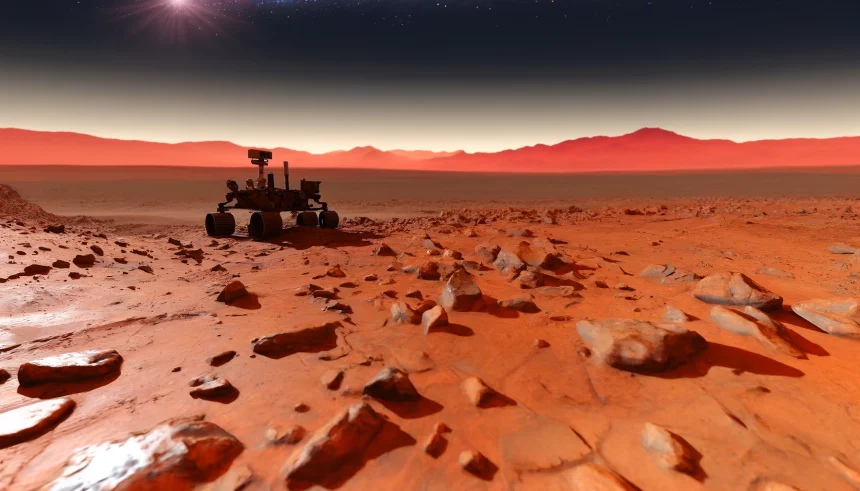Neutron stars, the remnants of supermassive stars, present one of the universe’s most intriguing phenomena when they merge. These stellar collisions often result in black holes, but occasionally they produce another neutron star. These mergers are not only dramatic but also powerfully magnetic, generating gamma-ray bursts, kilonovae, and facilitating the creation of heavy elements. Recent research using ab-initio simulations sheds light on these extraordinary events, providing invaluable data on the physical processes involved.
Earlier reports have highlighted the importance of neutron star mergers in generating heavy elements and gamma-ray bursts. However, this new research delves deeper than previous studies, particularly focusing on the early post-merger phases and the formation of remnant massive neutron stars (RMNS). Unlike past studies that relied on empirical data, this research utilizes fundamental laws of nature for its simulations.
Remarkable Magnetic Fields and Gamma-Ray Bursts
When neutron stars collide, they produce magnetic fields trillions of times stronger than Earth’s. These fields contribute to short gamma-ray bursts (GRBs), which are among the most energetic events in the universe. However, the stability of the RMNS challenges existing theories about the formation of large-scale magnetic structures necessary for these bursts.
“If RMNSs are a viable central engine for SGRBs, then the field needs somehow to bubble out of the remnant and form large-scale magnetic structures,”
state the authors.
Unveiling the Neutrino Cooling Phase
After the gravitational wave (GW) phase, which lasts approximately 20 milliseconds post-merger, the neutrino cooling phase becomes significant. The simulations reveal that neutrino cooling surpasses GW as the primary energy loss mechanism.
“We find that neutrino cooling becomes the dominant energy loss mechanism after the gravitational-wave dominated phase (~20 ms postmerger),”
write the researchers. This phase highlights the role of neutrinos in carrying away energy from the merger remnants.
The creation of an RMNS differs significantly from protoneutron stars formed from collapsing massive stars. The RMNS’s outer core becomes a dense gas of electron antineutrinos, correlating with hotspots on its outer surface. Despite the high temperatures, the RMNS remains stable against convection, indicating no revival of the gravitational wave signal due to convective instabilities.
In addition to the RMNS, the collision produces a massive accretion disk. This disk, formed by ejected material, helps stabilize the RMNS by carrying a significant portion of the merger’s angular momentum. The outcome of such mergers often results in black holes, but the formation of stable neutron stars, though rare, offers unique insights into these cosmic events.
This research marks a significant milestone in understanding neutron star mergers. By focusing on the neutrino cooling phase and the stability of RMNS, it provides a clearer picture of the extreme conditions and forces at play. These findings offer a deeper comprehension of the physics behind these rare events, enhancing the scientific community’s ability to predict and analyze similar occurrences in the future.










